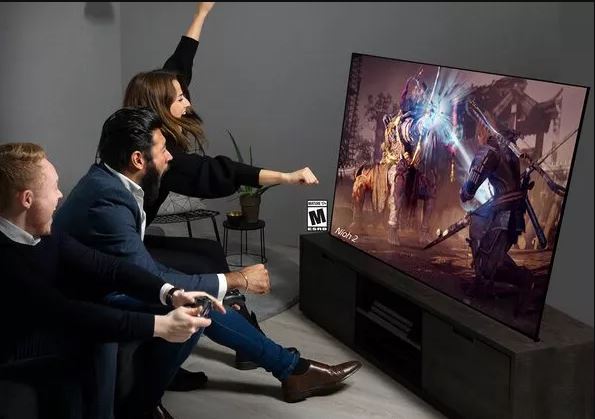
Gaming ranks among a handful of industries that saw massive growth during the pandemic. According to recent data from the Consumer Technology Association, 53 percent of U.S. households now have a gaming console, a 10 percent increase over last year. That growth is occurring among an increasingly diverse audience. For any given residential project, odds are there’s a gamer in the house, and it’s not – or not just – the homeowner’s teenage son.
Research from GWI on the modern gaming audience reveals that gamers are in their mid-thirties on average. The past year has seen 32% growth in gaming among people aged 55-64, and 14 percent growth among women. Gamers tend to have above-average affluence, and most of them – particularly console gamers – tend to take the hobby seriously.
All this data suggests an opportunity: integrators who can provide an optimized environment for gaming stand to collect a lot of gold coins. The ultimate gaming setup requires more than a big high-def screen and a comfy chair, though; it requires in-depth understanding of the customer and a high degree of personalization.
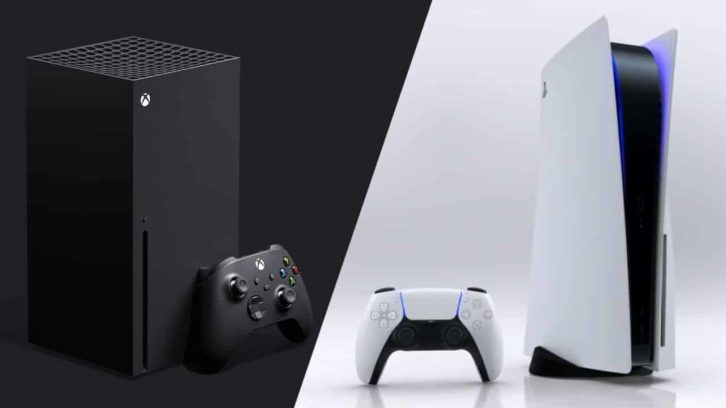
Though PC and mobile gamers exist in greater numbers, console gamers represent the biggest opportunity for integrators. The current-generation Xbox X|S Series and Playstation PS5 consoles have dramatically increased the performance and AV capabilities of console gaming, but those impressive specs require support from every component in the system to have their full impact.
That’s a stealth integration challenge homeowners may not be prepared to deal with. Moreover, console gaming takes place in a fixed environment – often a multipurpose media room, where integrators may already be engaged. Gamers who compete online or livestream (a healthy 23 and 12 percent of the console gaming audience respectively) will have additional needs, some of which are specific to the types of games they play.
Leveled-Up Content Experiences

A quick primer on some of the current generation console visual specs: both the Xbox X|S Series and the PS5 tout support for Variable Refresh Rate (VRR), Quick Frame Transport (QFT), and Auto-Low Latency Mode (ALLM) to improve the look and performance of real time interactive content. What, exactly, is all that?
- ALLM does exactly what it says on the label – it automatically sets the display to its lowest latency.
- QFT reduces the latency between the console’s graphics processor (GPU) and the display.
- VRR adjusts the frame rate of the display in real time to match the frame rate output of the console’s graphics processor (GPU). Realtime interactive content doesn’t always have a fixed frame rate, so without this feature, the GPU can fall out of sync with the display’s refresh rate, causing screen tearing.
The current gen Xbox and PS5 consoles are capable of outputting video at 4K@120Hz or 8K@60Hz.
Video content will only ever look as good as the weakest link in the signal chain. These features require a compatible display with an HDMI 2.1 connection. They also require certified Ultra High-Speed HDMI cables. At those resolutions and refresh rates, integrators will also be challenged with cable run limitations. Early testing by HDMI indicated that runs of Ultra High-Speed HDMI 2.1 copper cable up to 16 feet (5 m) are feasible, but integrators must use only certified cables to reliably achieve that result. Any distance beyond that will require an active optical fiber solution.
See also: 3 Things You Need To Know About HDMI 2.1
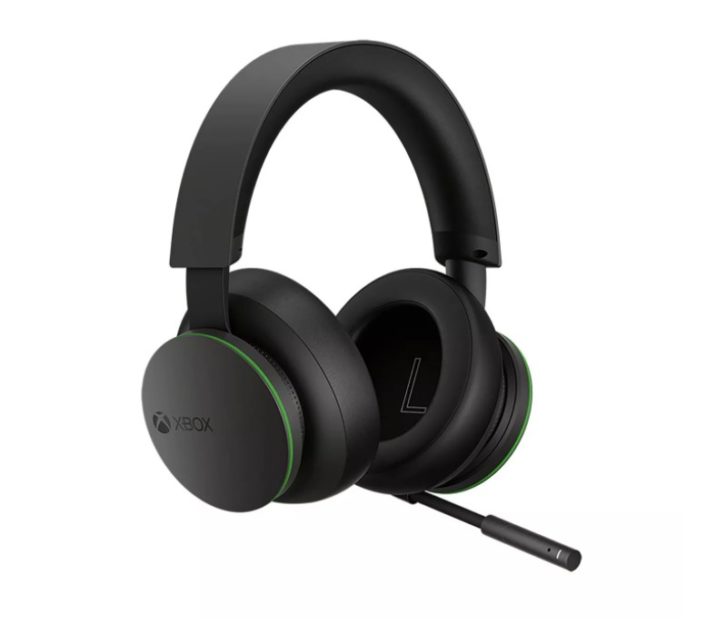
The newest consoles have also invested in object-based 3-dimensional audio capabilities, which should allow integrators to leverage installed audio systems to create truly immersive gaming environments—but have care when setting client expectations. The XBox systems use the widely adopted Dolby Atmos standard for object-based audio, but Sony developed their own proprietary 3D Audio engine, Tempest, for the PS5.
At launch, Tempest was only fully supported on headphones, and Sony has only recently rolled out beta support for external speakers. If immersive audio is important to a client, make sure to learn which console(s) they prefer and whether they usually play with room audio or a headset.
Room for One More?

Over half of console gamers have more than one console, and that “second console” spot is most likely to be occupied by a Nintendo Switch. The Switch is actually the most popular single console, owing in part to its ability to double as a mobile device. Building off the success of the Switch, both Valve and Analogue are launching dockable handheld consoles in 2021 as well.
This is an interesting design consideration for integrators: these consoles shouldn’t be tucked away in an equipment closet or rack. They’re designed for easy transitions between the big screen and grab-and-go mobile gaming. The media room may need easily accessible HDMI inputs for dockable handheld devices, and integrators should be sure to include all current and futured desired consoles when selecting a media switch.
Network Needs

It’s not uncommon to see 3 Mbps down, 1 Mbps up as a recommended minimum bandwidth for gaming. “Minimum” is the operative word here, though; actual requirements will depend on the client use case. First, it’s important that this is the minimum recommended bandwidth per individual game. If there are multiple gamers and other streaming/networked devices in the house, as there are bound to be, the bandwidth requirements rise accordingly.
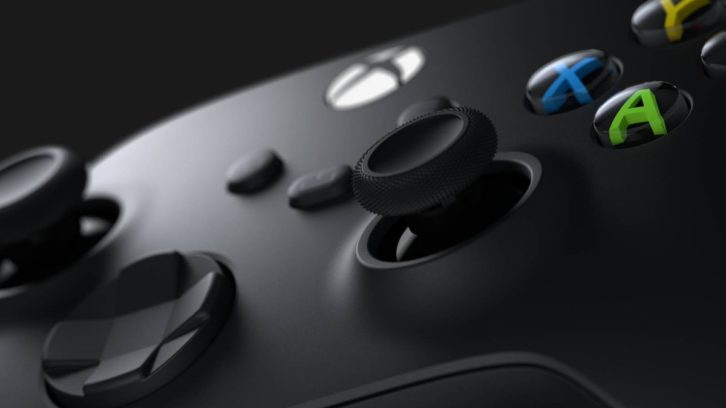
The type of gameplay matters too. According to Stream Scheme, a Real Time Strategy (RTS) game can operate at this minimum recommended bandwidth with a ping time of up to 150 ms. For a First Person Shooter (FPS) like Call of Duty or Fortnite, however, minimum download bandwidth of 30 Mbps per stream is recommended. For these reflex-based games, a ping time in excess of 70 ms can seriously damage gameplay; 20 ms is a recommended target. If a client is a competitive FPS player, optimized QoS for gaming is a must.
As in all applications where dependable latency and reliability are important, wired network connections are preferred for gaming. As of October 2021, RJ-45 inputs will be available on all three major current generation consoles: Nintendo is releasing an OLED edition of the Switch with a wired LAN output.
Going Live
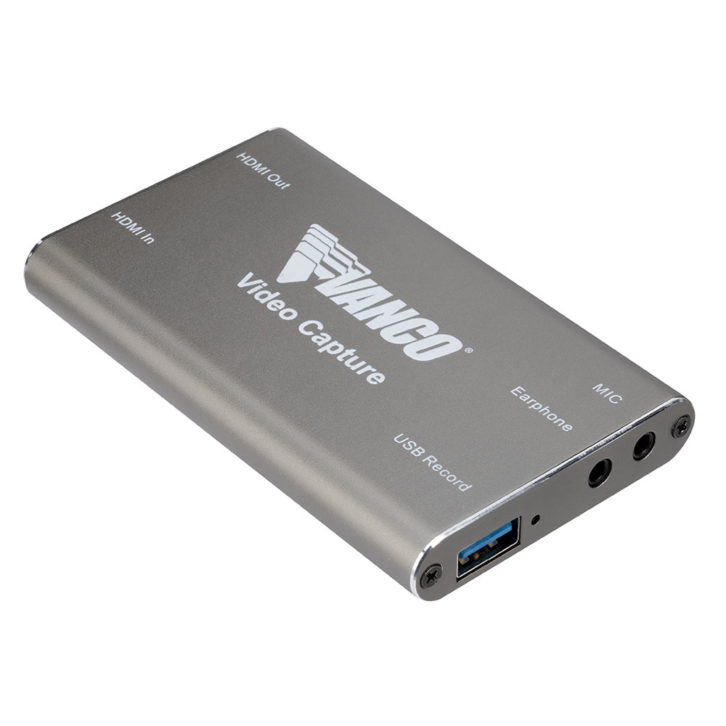
A significant portion of the console gaming community livestreams their gameplay, often creating full production environments with multiple cameras, custom lighting, and meticulously curated backdrops for their streams. The Xbox X|S and PS5 both allow push-button streaming directly from the console, but the basic functionality of direct console streaming won’t cut it for more passionate players. Even in a multipurpose media room, if the resident gamer is an occasional streamer, integrators should consider including a capture device in the system design.
Using a capture device, such as the Vanco 4K to USB Video Capture device, gamers can route their stream to a computer to add production effects, additional sources, and scene changes. More importantly, they can sync their stream with chat and alerts from the livestreaming audience. Online gaming is highly communal; streamers want to be able to engage with their audience, thanking viewers, answering questions, and following tips. Otherwise, what’s the point in being live? Using a capture device and a laptop or monitor, streamers can set up a second screen as both a confidence monitor and audience engagement dashboard.
It’s Dangerous to Go Alone
The gaming community has the means and the passion to invest in their entertainment environment. They’re also technologically savvy and have high expectations for bespoke experiences. Take the time to understand exactly what and how the client likes to play, and make sure the system design includes end-to-end support for HDMI 2.1 gaming-focused features, including VRR, QFT, and ALLM. Work with technology vendors that understand the specific requirements of current generation gaming and can help deliver the immersive effects gamers are looking for. Optimizing home media rooms for gaming can be serious business – with the right raiding party, there’s plenty of gold to go around.
See also: Revisiting Managing Inventory And Vendor Partnerships In Times of Uncertainty













